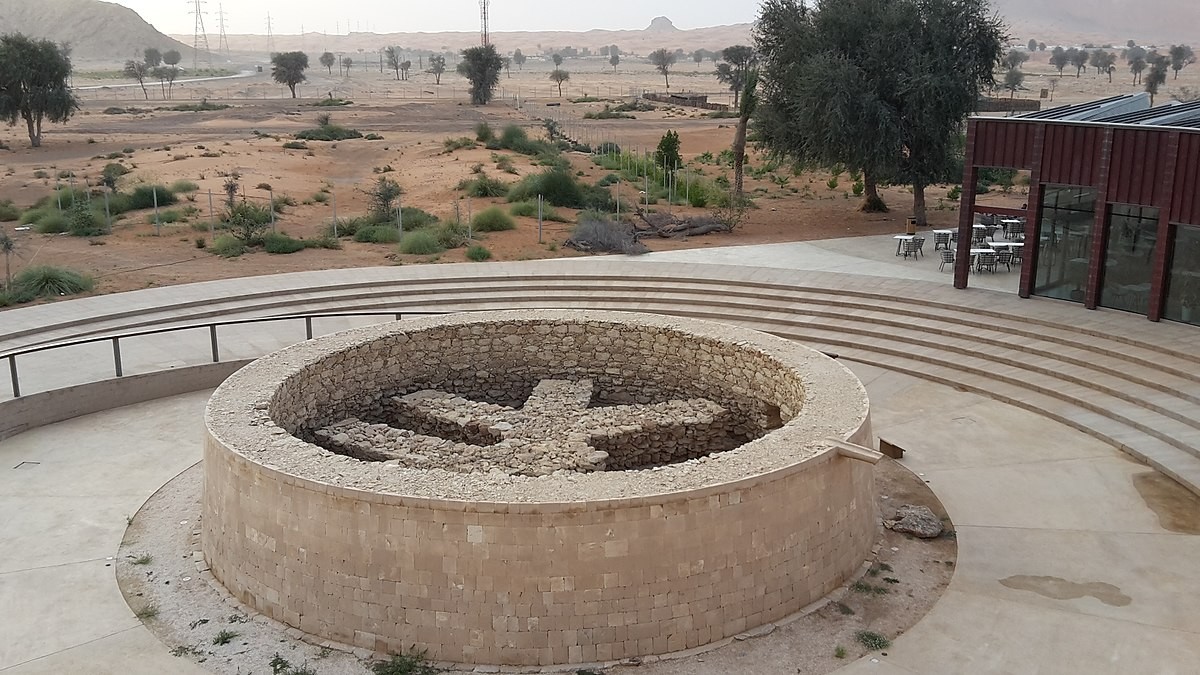UNESCO’s World Heritage Sites list is a prestigious list of monuments across the world that have an outstanding universal value. These could be places or buildings that have been monumental on a global scale. And soon there might be four new world heritage sites in Sharjah as well! Here’s what you need to know about this tentative development.
World Heritage Sites In Sharjah?
If things go according to plan, then Sharjah might become home to the four newest UNESCO World Heritage Sites. As it happens, Sharjah has secured four new entries for the prestigious list, underlining the rich history of the Emirates. The sites proudly showcase how human settlements have thrived there for millennia. These tentative world heritage sites include:
- Pre-Islamic Mleiha, Central Sharjah
- Four locations boasting significant Rock Art
- Wadi Al Helo for its evidence of copper mining
- Faya Area, Central Sharjah
These sites were added to the list earlier in February and an extensive study has been done on them. Academic experts and specialists coordinated to conduct an extensive study for assessing these sites’ cultural value and archaeological importance on a global scale.
A Glimpse Of The Four Important Sites
Pre-Islamic Mleiha
Located in central Sharjah, it’s home to copper tombs dating back to the bronze age and pre-Islamic forts. With a significant cultural impact extending from the third century BC to the third century AD, the ancient town was an important part of trade networks. This network connected the Indian Ocean and the Mediterranean Sea, across the Arabian Peninsula. As it happens, the region minted its own coins, making the rulers and merchants rich. In fact, evidence procured also includes the discovery of funeral practices and Funerary architecture along with graves of camels and horses.
Also Read: Dubai Municipality Launches Happiness Vehicle For Senior Citizens & People Of Determination
Faya
Also located in central Sharjah, one can find evidence of human settlements that date back to the Stone Age. In close proximity to the Hajar Mountains, people are said to have taken advantage of the freshwater springs. While the caves served as occupation sites, and offer evidence of human shelters, tools, barriers, and life. Not to mention, the site also showcases the evolution from hunter-gatherers to nomadic herders. As a result, it relays how they exploited natural resources, extracted raw materials, collected water, and hunted.
Wadi Al Helo
Another important copper mining site during the period of transition from the Neolithic to the Bronze Age, Wadi Al Helo is a significant site. In fact, the evidence available shows that copper smelting and casting were quite prominent activities. Copper ore deposits in the Hajar Mountains seem to have influenced the development of the Bronze Age in Southeast Arabia.
Rock Art
There are four locations along the Emirates East Coast at Kalba and Khor Fakkan, where rock art can be found. They boast several motifs and engraving techniques that span seven millennia! In fact, the most recent one is just a few decades old. From wild donkeys and goats to drawings of camels, horses, and ships, these were found deep inside the mountains. The ship drawings show the importance of maritime activities here.
While further analysis is yet to be done by UNESCO, one can certainly hope that these sites make it to the list. It’s worth noting that currently UNESCO World Heritage Sites in UAE is located in Abu Dhabi’s Al Ain.
Cover Image Courtesy: Wikimedia Commons

